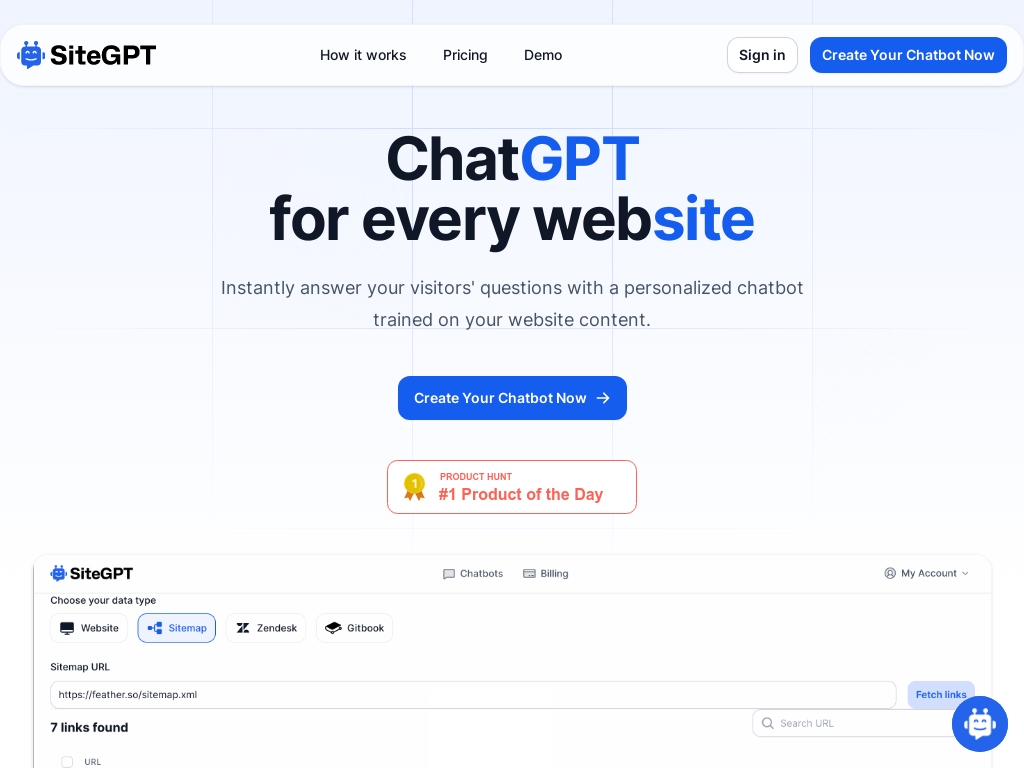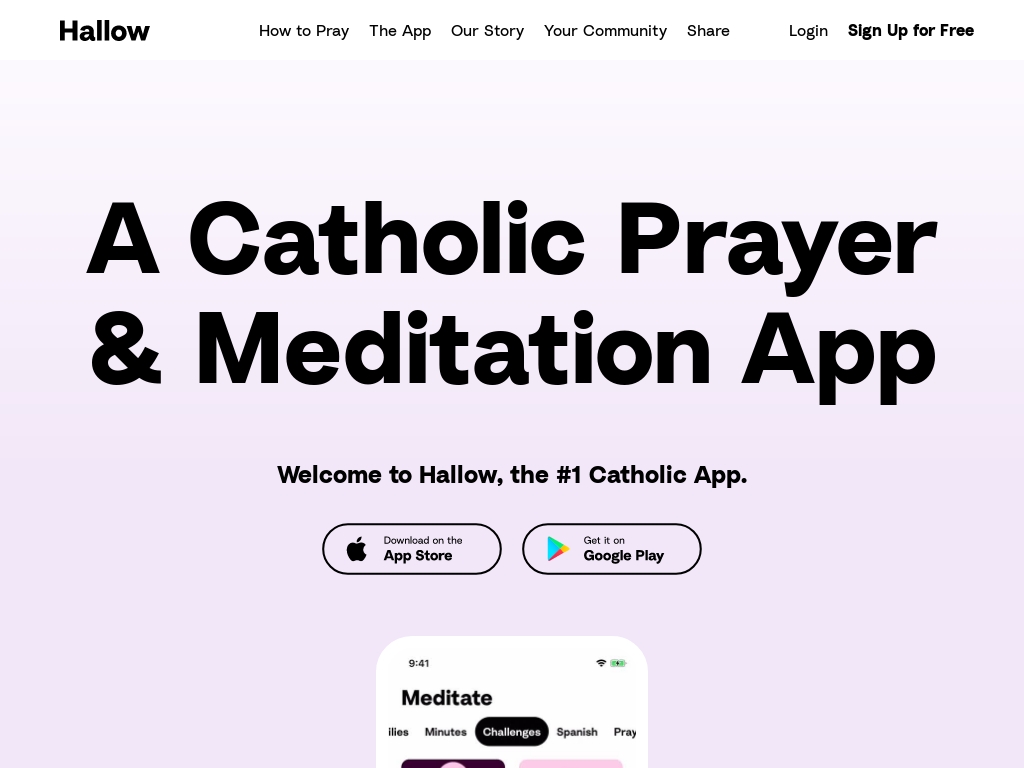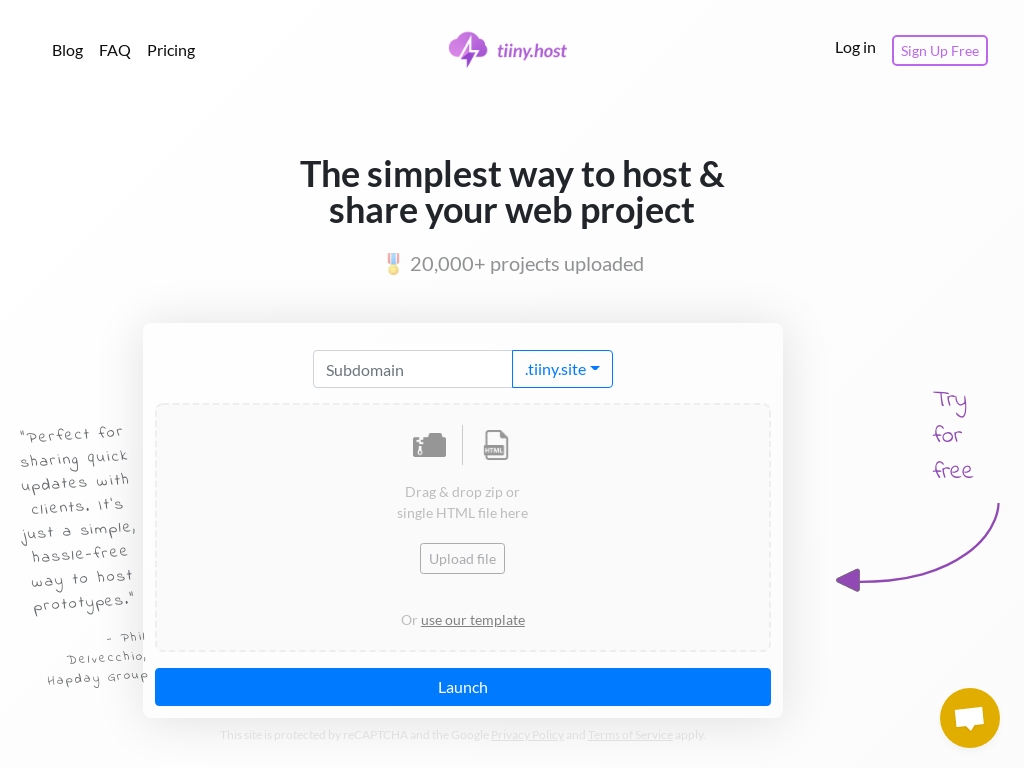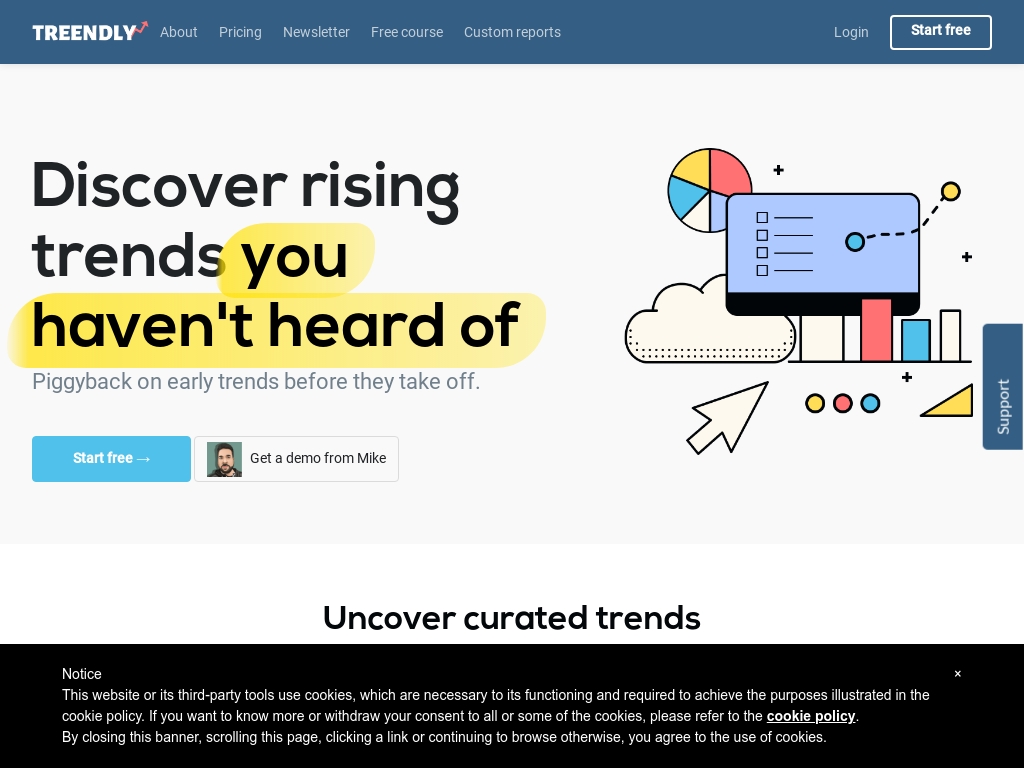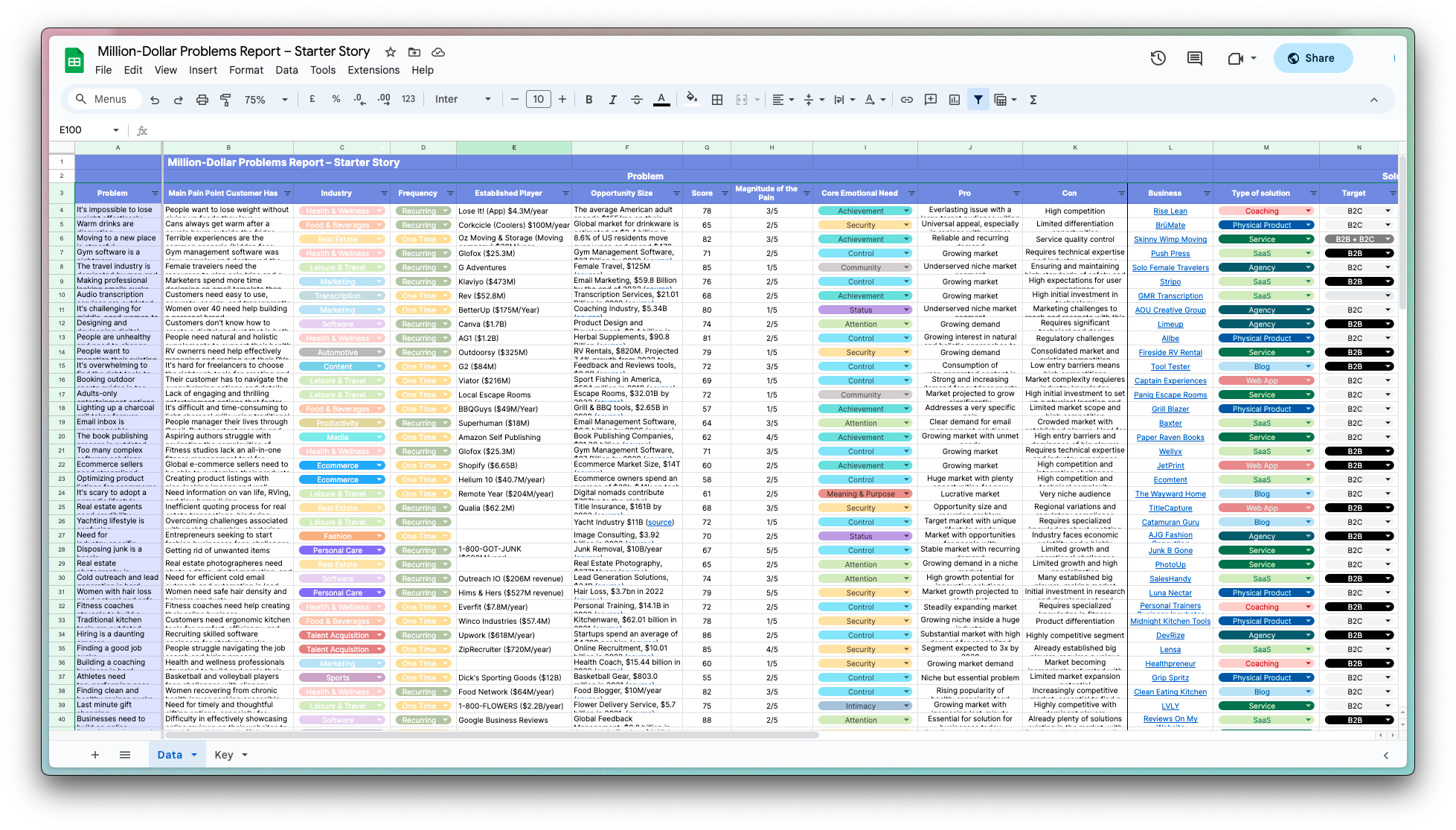
How a Solo Founder Built Sprig to $24.4M Revenue in 6 Years
Who is Ryan Glasgow?
Sprig was founded by Ryan Glasgow in 2018, a seasoned entrepreneur with extensive experience in product management across multiple startups. Before starting Sprig, Ryan worked for companies like Weebly and Vurb, both of which were acquired, and leveraged his background in finding product-market fit by focusing on data-driven user insights.
What problem does Sprig solve?
Sprig helps businesses understand the "why" behind user actions by offering real-time insights through targeted surveys and AI-powered analysis, solving the complex and time-consuming challenge of deciphering user feedback to improve product experiences swiftly and efficiently.
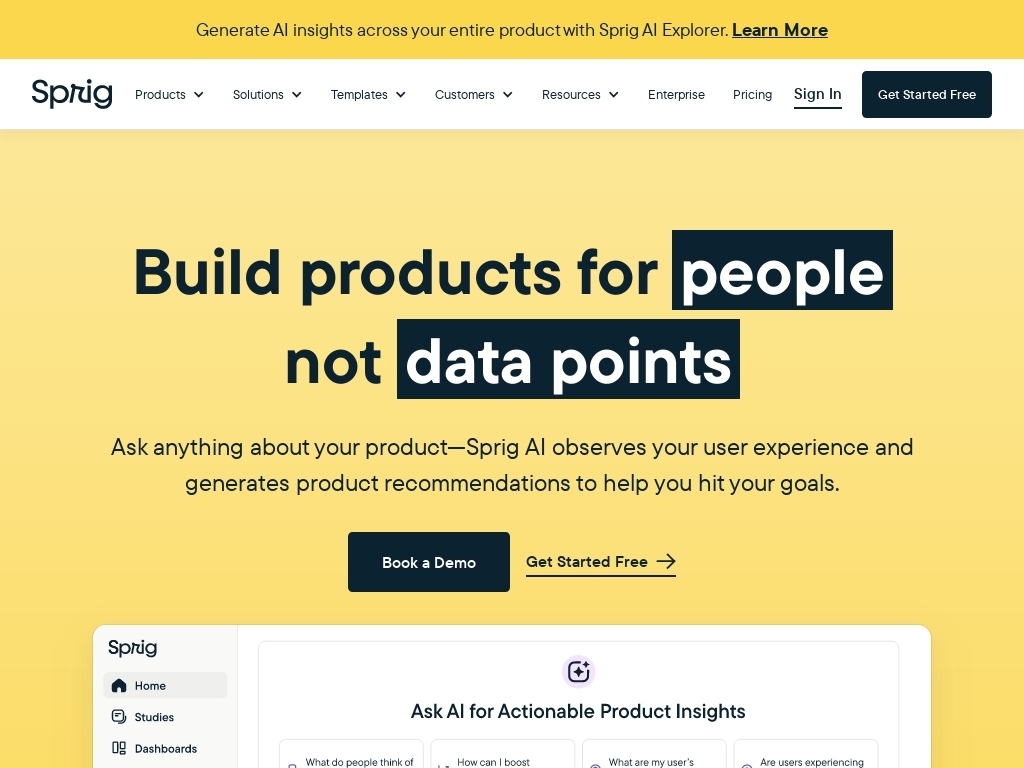
How did Ryan come up with the idea for Sprig?
Ryan Glasgow came up with the idea for Sprig while immersed in the world of product management. His previous experiences at startups like Extrabux, Vurb, and Weebly provided firsthand exposure to the challenges of understanding user behavior and preferences. At these companies, Ryan frequently found himself sending emails to users, trying to figure out why they engaged with the product in certain ways or why they stopped using it. This consistent need for deeper insight sparked the initial idea for Sprig.
While at Weebly, Ryan realized that despite the availability of extensive behavioral data, there was a lack of tools that could effectively capture the 'why' behind user actions in a scalable way. This gap became even more apparent as Weebly was looking to refine its focus on e-commerce sellers and needed better tools to understand user sentiment. His experience taught him the importance of connecting user sentiment with behavioral data, fueling his decision to create a platform that could fill this void.
Before fully committing to Sprig, Ryan thoroughly validated his hypothesis by conducting extensive market research and speaking to numerous industry peers. This process confirmed that the gap in effectively collecting and analyzing user feedback at scale was a widespread issue, especially among fast-growing tech companies. By focusing on solving this particular problem, Sprig was born, drawing on Ryan's cumulative experiences and observations while working at fast-paced, high-growth startups.
How did Ryan Glasgow build the initial version of Sprig?
Sprig was built as an AI-powered product feedback platform with a focus on providing in-depth product insights for teams. The development process began by recognizing a significant unmet need in scalable data collection and analysis from user feedback. Founder Ryan Glasgow leveraged his past experiences in product management to assemble a team that could execute on this vision. He recruited a head of AI and a full stack engineer to focus on scalable survey data collection and analysis, splitting the problem into two separate areas that required expertise.
The initial MVP was distinguished by its in-depth survey capabilities, aiming to gather insights from large user bases. Glasgow placed significant emphasis on building a robust AI component. This allowed Sprig to differentiate itself from existing solutions, which often provided only basic analysis like word clouds. His team began by utilizing open-source models like Google's BERT to initiate their in-house AI development, improving efficiency over time. The first product iterations were created with the minimum viable feature set necessary to deliver value while much of the backend operations were manually managed to free product teams from manual data handling.
The experience posed challenges particularly in gaining traction with larger companies, but the strategic focus eventually paid off. By concentrating on detailed AI analysis for user surveys and closely iterating with their feedback, Sprig captured several large-scale customers. This bespoke customer collaboration led to continuous improvement of the platform and helped Sprig build a product highly tailored to the nuanced needs of large tech companies.
What were the initial startup costs for Sprig?
- Funding: Sprig raised $58 million in total funding.
- Angel Round: The CEO, Ryan Glasgow, raised close to a million dollars from friends and family as an angel round to get started.
How did Ryan launch Sprig and get initial traction?
Direct Cold Outreach
Ryan Glasgow, the founder of Sprig, utilized direct cold emails to get the word out initially. He targeted early-stage startups, particularly Y Combinator companies, via email to introduce them to Sprig’s product experience insights platform. This direct approach was pivotal in getting their first paying customers, even if on a small scale initially.
Why it worked: Direct outreach allowed Ryan to connect with a specific audience that could benefit most from Sprig. By targeting startups that were likely to value deep insights into product experience, he positioned Sprig right in front of potential early adopters who were inclined to offer feedback and become design partners.
Partner Collaborations
Sprig also pursued collaborations with mid-market and enterprise tech firms. Ryan actively engaged with companies like Square, Robinhood, and Hotwire, dedicating significant time to shaping Sprig’s offering to meet their precise needs through paid pilots. These engagements provided vital product feedback and iterations to ensure that Sprig was solving a critical need within these larger organizations.
Why it worked: Partnering with established companies not only provided credibility but also crucial feedback and insights, effectively turning a pilot initiative into a validation process for Sprig’s business model and product features. This strategic partnership approach allowed the company to gain traction among more prominent players in the tech industry.
Metrics:
- Paid pilots with larger firms showed solid initial traction and allowed Sprig to refine its offerings based on real-world feedback.
- Initial outreach led to traction with both small startups and larger enterprise tech firms, establishing a diverse client base early on.
What was the growth strategy for Sprig and how did they scale?
Word-of-Mouth Marketing
Sprig's growth heavily relied on word-of-mouth marketing. They created a memorable and magical customer experience by ensuring that users could press a button and receive a hot, healthy meal in 15 minutes. This unique offering led to users naturally sharing their positive experiences with friends and family.
Why it worked: The simplicity and efficiency of Sprig's service made a strong impression on users, leading to organic referrals. When a product or service offers consistent, high-quality, and convenient solutions, it becomes easier for satisfied customers to recommend it to others, driving growth without additional marketing costs.
Strategic Use of Referrals
Sprig actively encouraged existing users to spread the word through a referral program. They would prompt users to share Sprig with friends and incentivize these actions through discounts or credits. This encouraged users to become brand ambassadors and played a significant role in their growth strategy.
Why it worked: By providing incentives for referrals, Sprig effectively utilized its existing customer base to expand its reach. Offering a tangible benefit for both the referrer and new user created a win-win scenario that motivated users to participate, amplifying Sprig's customer acquisition efforts.
Social Proof and Publicity
The company leveraged press and public endorsements to expand its reach. Since Sprig was offering a new kind of service, media outlets would cover their story, which added credibility and attracted attention. This exposure helped Sprig gain early traction and build a reputation as a go-to service for convenient, healthy meal delivery.
Why it worked: Media coverage served as a form of social proof, lending legitimacy and trust to the brand. Potential customers were more likely to try out Sprig after seeing favorable mentions in well-regarded publications or by influencers who shared their positive experiences.
Targeting Specific Markets
Sprig initially launched and grew within specific urban areas where there was a high concentration of potential users who valued convenience and healthy living. They tailored their service areas to match demographics that aligned with their ideal customer profile, ensuring efficient service that reinforced positive word-of-mouth.
Why it worked: By focusing on densely populated urban markets with a higher likelihood of early adopters of new technology and services, Sprig maximized its resource efficiency during the launch phase. This allowed them to develop a strong customer base and refine operations before considering broader expansions.
What's the pricing strategy for Sprig?
Sprig offers a free plan for early-stage startups and founders, allowing access to its AI-powered product feedback platform, while its paid plans, such as the basic Team plan at $79/month and the Enterprise plan custom-priced, cater to larger and scaling tech companies like Notion and Dropbox.
What were the biggest lessons learned from building Sprig?
- Embrace Continuous Feedback: Sprig emphasized the importance of understanding user experience by employing in-product surveys and session replays. This consistent feedback loop allowed them to quickly iterate and refine their product offerings based on real-time user data.
- Adapt to AI Advances: Initially investing in AI for scalable data analysis, Sprig realized the potential early on and continued to evolve its AI capabilities, especially with the advent of GPT-4. This adaptability kept them at the forefront of leveraging AI to enhance product features.
- Customer-Centric Innovation: By closely engaging with design partners and actively responding to user needs, Sprig co-created features directly with customers. This approach not only ensured product-market fit but also fostered strong relationships with clients who felt invested in the product’s development.
- Scalable Solution Prioritization: Sprig started by solving the core, scalable aspects of their software first—such as the SDK for customer integration—while manually handling other components. This method allowed them to focus their development efforts strategically, ensuring that they built a robust and scalable solution step-by-step.
- Leverage Relationships for Growth: Sprig effectively used its network, including investor connections, to build a strong customer pipeline. This strategic use of warm introductions alongside initial cold outreach was crucial in scaling their sales efforts and building a steady customer base.
Sprig Acquisition: How much did Sprig sell for and what was the acquisition price?
Sprig, a once rapidly growing food delivery startup, closed down after facing declining sales, primarily due to increased competition from Uber Eats and other delivery services. Despite making substantial changes in an attempt to save the business, Sprig ceased operations, having returned approximately $8 million to investors from the $56.7 million it had raised.
Discover Similar Business Ideas Like Sprig
|
|
Idea
|
Revenue
|
|---|---|---|
|
PDFShift
|
HTML-to-PDF conversion API service.
|
$8.5K
monthly
|
|
SiteGPT
|
AI chatbot trained on your website content.
|
$15K
monthly
|
|
Hallow
|
"Catholic prayer and meditation app fostering faith growth."
|
$278K
monthly
|
|
tiiny.host
|
Static website hosting made simple for everyone.
|
$15K
monthly
|
|
Studio Wombat
|
WooCommerce plugin developer for enhanced e-commerce features.
|
$15K
monthly
|
|
Treendly
|
Trend-spotting platform for untapped market insights.
|
$1K
monthly
|
|
ScreenshotOne
|
API for capturing website screenshots easily.
|
$2.2K
monthly
|
More about Sprig:
Who is the owner of Sprig?
Ryan Glasgow is the founder of Sprig.
When did Ryan Glasgow start Sprig?
2018
What is Ryan Glasgow's net worth?
Ryan Glasgow's business makes an average of $2.04M/month.
How much money has Ryan Glasgow made from Sprig?
Ryan Glasgow started the business in 2018, and currently makes an average of $24.4M/year.
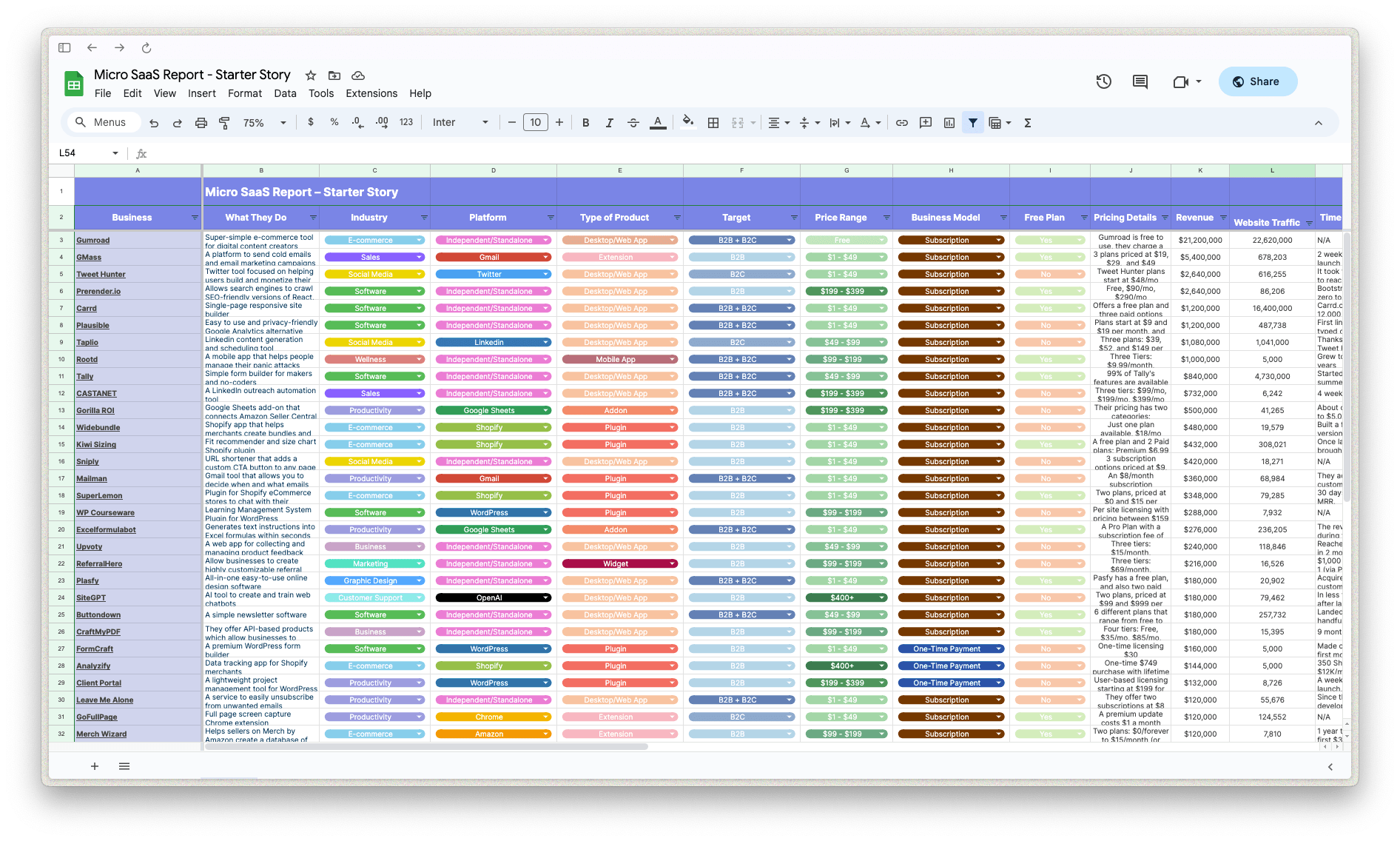
Download the report and join our email newsletter packed with business ideas and money-making opportunities, backed by real-life case studies.

Download the report and join our email newsletter packed with business ideas and money-making opportunities, backed by real-life case studies.

Download the report and join our email newsletter packed with business ideas and money-making opportunities, backed by real-life case studies.

Download the report and join our email newsletter packed with business ideas and money-making opportunities, backed by real-life case studies.

Download the report and join our email newsletter packed with business ideas and money-making opportunities, backed by real-life case studies.

Download the report and join our email newsletter packed with business ideas and money-making opportunities, backed by real-life case studies.

Download the report and join our email newsletter packed with business ideas and money-making opportunities, backed by real-life case studies.

Download the report and join our email newsletter packed with business ideas and money-making opportunities, backed by real-life case studies.

